A new Indian rhino arrives at Terra Natura Benidorm to encourage the conservation of the species
hace 3 yearsAt Terra Natura Benidorm we continue to work to encourage the conservation of endangered species and we have just incorporated a new Indian rhinoceros (Rhinoceros unicornis). Since last week we have a new male in the group of this species that lives in our facilities. He is Jaffna, a 27-year-old male from Basel Zoo in Switzerland. The aim of this transfer is to reproduce this animal, which is endangered, and thus encourage its conservation and the protection of biodiversity.
Jaffna weighs 2,100kg and is 180cm tall. He was born in San Diego Zoo (USA) and later lived in Basel. Thanks to his good character and his ability as a breeder, he has travelled several times to other institutions to breed. In fact, his transfer to Terra Natura Benidorm responds to the recommendation by the EEP (European Endangered Programme) of the need to perpetuate the genetic line of another of the females that live in the park, Nisha.
The coordinating committee of the EEP annually evaluates the population of Indian rhinoceroses housed in the zoological institutions integrated in the EAZA, as well as their genetic compatibility, in order to establish the most suitable unions to perpetuate the species. This programme has so far made it possible for two babies to be born at Terra Natura Benidorm, both from Shiwa. The first baby was Shusto, a baby who was born in February 2012 and became the first Indian rhino baby born in Spain. On the other hand, the second was Duna, who was born in September 2019.
In 2015, Shusto was transferred to Fota (Ireland), so the park currently has four specimens: Shiwa, 20 years old, with a calm, very maternal character; Nisha, 21 years old, more nervous than her companions; Duna, two and a half years old, very devoted to her mother (Shiwa) and playful as befits her age; and now Jaffna, who has had nine different babies in different centres around the world. Terra Natura Benidorm is, therefore, a reference point in the conservation of this species and in Spain there is no other park that has four specimens of this species, and in Europe there are only two other centres that have a group formed by this number of specimens.
Transfer and adaptation of Jaffna
The transfer of Jaffna began in Basel (the zoo of origin), after an exhaustive process of document management and the visit of zookeepers and veterinarians of Terra Natura Benidorm to meet the animal, and then by road in a specialised vehicle equipped with all the necessary measures to ensure the welfare of the animal during the journey. The park’s keepers have learnt some Swiss words for the basic routines the animal knows and are familiarising themselves with the animal’s affable and calm character. A few days after his arrival, Jaffna started to go out in the meadow, exploring every corner and getting to know his new neighbours. After a few days of adaptation to the new environment, new keepers, routines and weather, the animal is now practically integrated and visitors can meet him in the meadow on a daily basis.
The species is endangered, but thanks to conservation efforts, its populations have been able to increase. Efforts are now being made to diversify the areas where it lives. The Indian rhino is considered an “indicator species” and its evolution is a bio-indicator of the state of the ecosystems it inhabits. Two of the major threats to this species are poaching and habitat loss. Although poachers kill these animals for their horn, there is no scientific evidence to support its medicinal or aphrodisiac properties.

